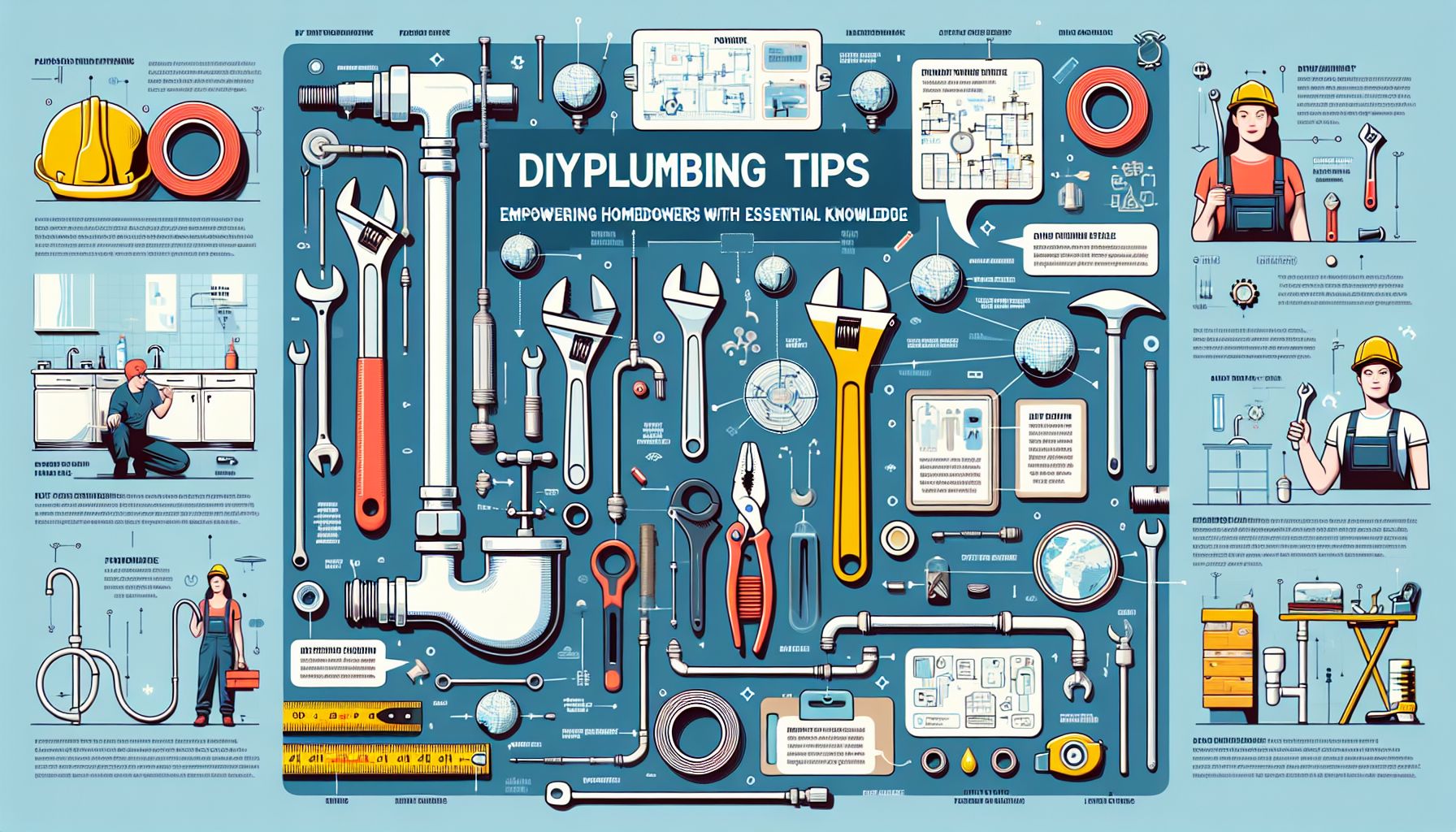When it comes to maintaining a home, one of the most daunting tasks for many homeowners is managing plumbing issues. From leaky faucets to clogged drains, plumbing problems can quickly escalate if not addressed promptly. While calling a professional plumber is always an option, there are several DIY tips and tricks that can help you tackle common plumbing issues on your own. By equipping yourself with the right knowledge and tools, you can save time and money while maintaining a functional plumbing system in your home.
Essential DIY Plumbing Tips:
1. Invest in Quality Tools:
Having the right tools is essential for any DIY plumbing project. Make sure to have a plunger, pipe wrench, plumber’s tape, and a drain snake in your toolkit. These basic tools will help you tackle most common plumbing issues effectively.
2. Fix a Leaky Faucet:
A leaky faucet is not only annoying but can also waste a significant amount of water over time. To fix a leaky faucet, start by turning off the water supply to the faucet. Then, disassemble the faucet and replace the worn-out parts, such as the washer or O-ring. Reassemble the faucet and turn the water supply back on to test for leaks.
3. Unclog Drains:
Clogged drains are another common plumbing issue that can be easily resolved with some DIY techniques. To unclog a drain, start by using a plunger to loosen the blockage. If the clog persists, try using a drain snake to remove the debris causing the blockage. Avoid using harsh chemical drain cleaners as they can damage your pipes over time.
4. Insulate Pipes:
During the winter months, it’s essential to insulate your pipes to prevent them from freezing. Frozen pipes can burst and cause significant damage to your home. Insulating your pipes with foam pipe insulation can help protect them from freezing temperatures and save you from costly repairs.
5. Check for Water Leaks:
Regularly inspecting your plumbing system for water leaks can help you catch issues early and prevent water damage. Look for signs of water stains, mold, or musty odors, which can indicate a hidden water leak. Fixing leaks promptly can save you from potential water damage and high water bills.
Conclusion:
By following these DIY plumbing tips and techniques, you can empower yourself to handle common plumbing issues in your home with confidence. Remember, while DIY plumbing can be rewarding, it’s essential to know your limits and call a professional plumber for complex problems. With the right tools, knowledge, and preventive maintenance, you can keep your plumbing system in top condition and ensure the safety and functionality of your home. Stay proactive, stay informed, and happy plumbing!

